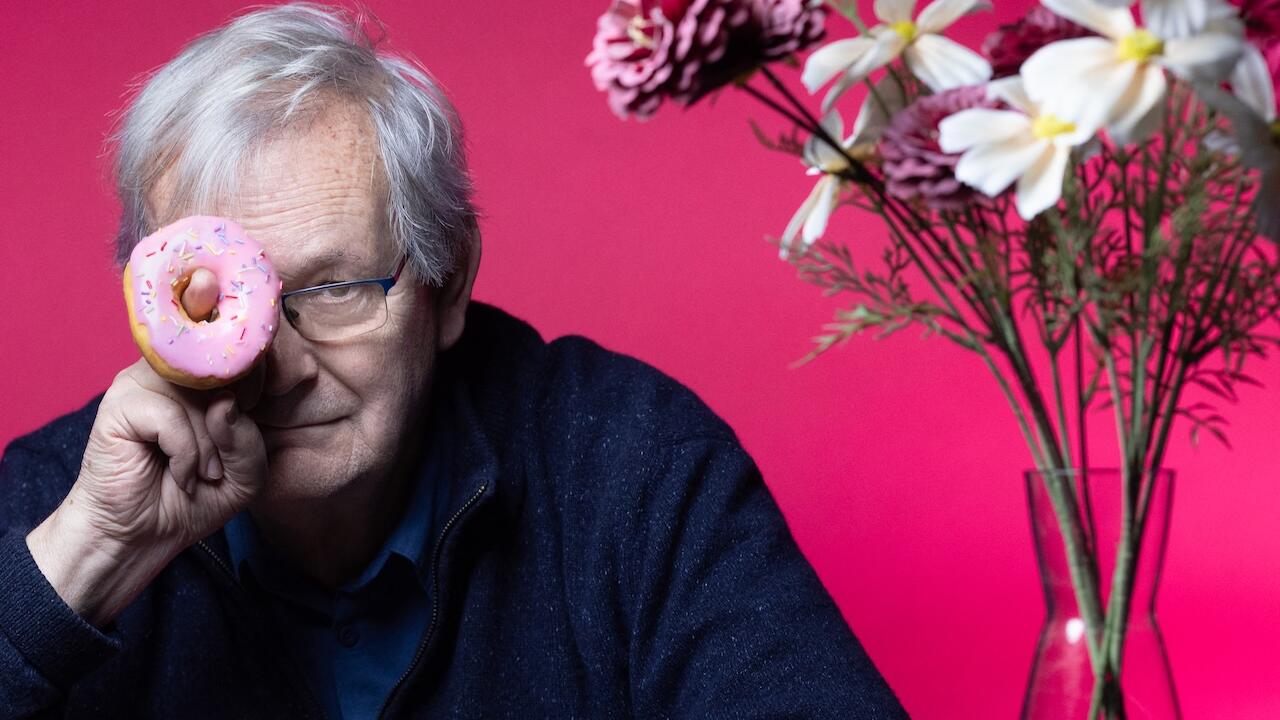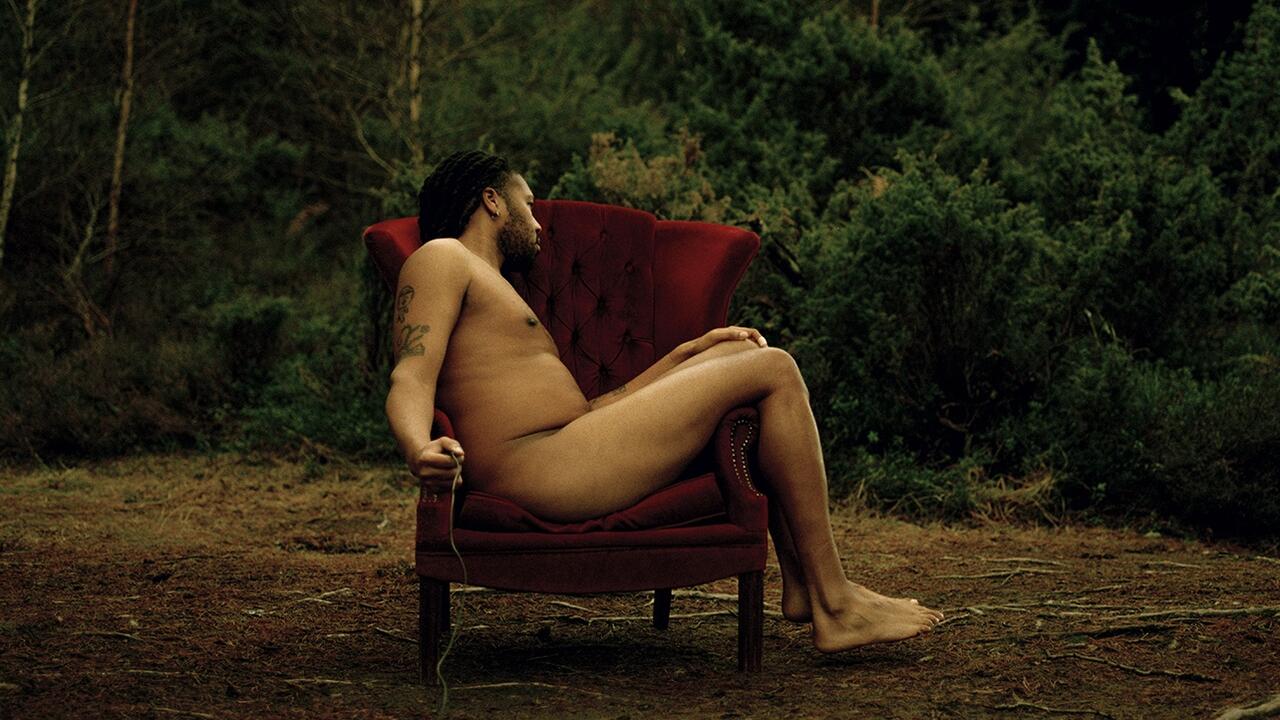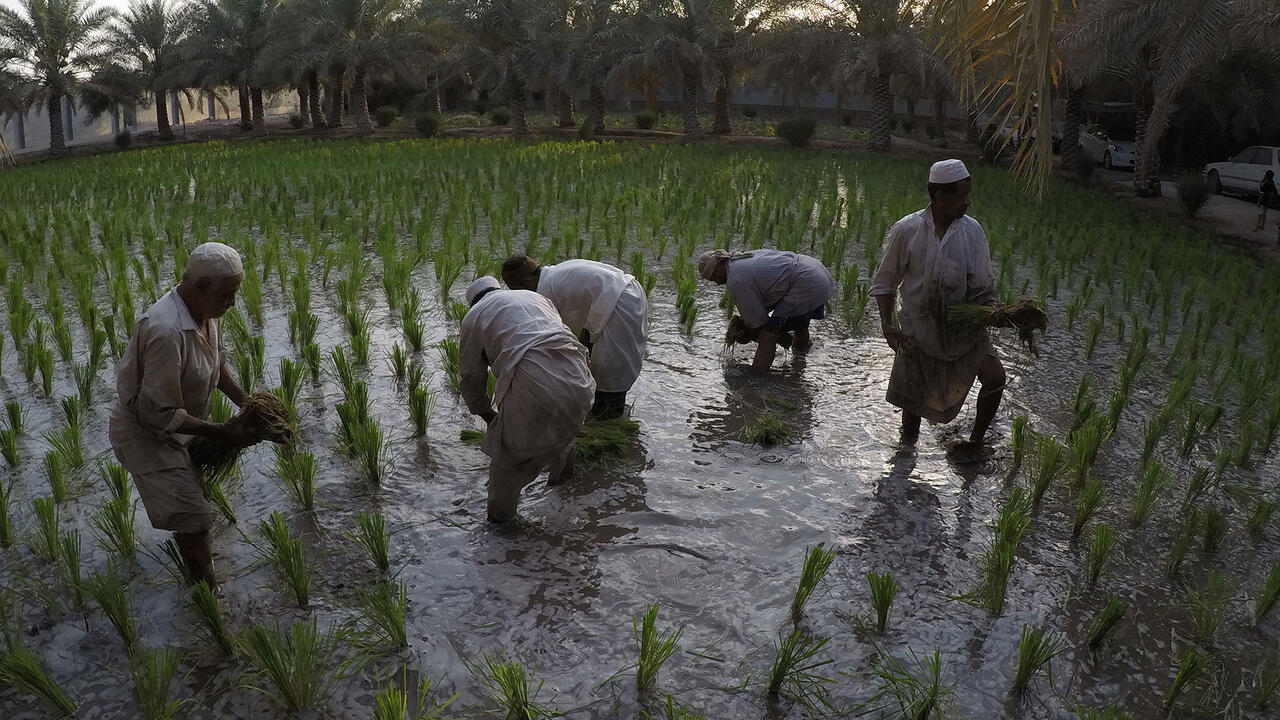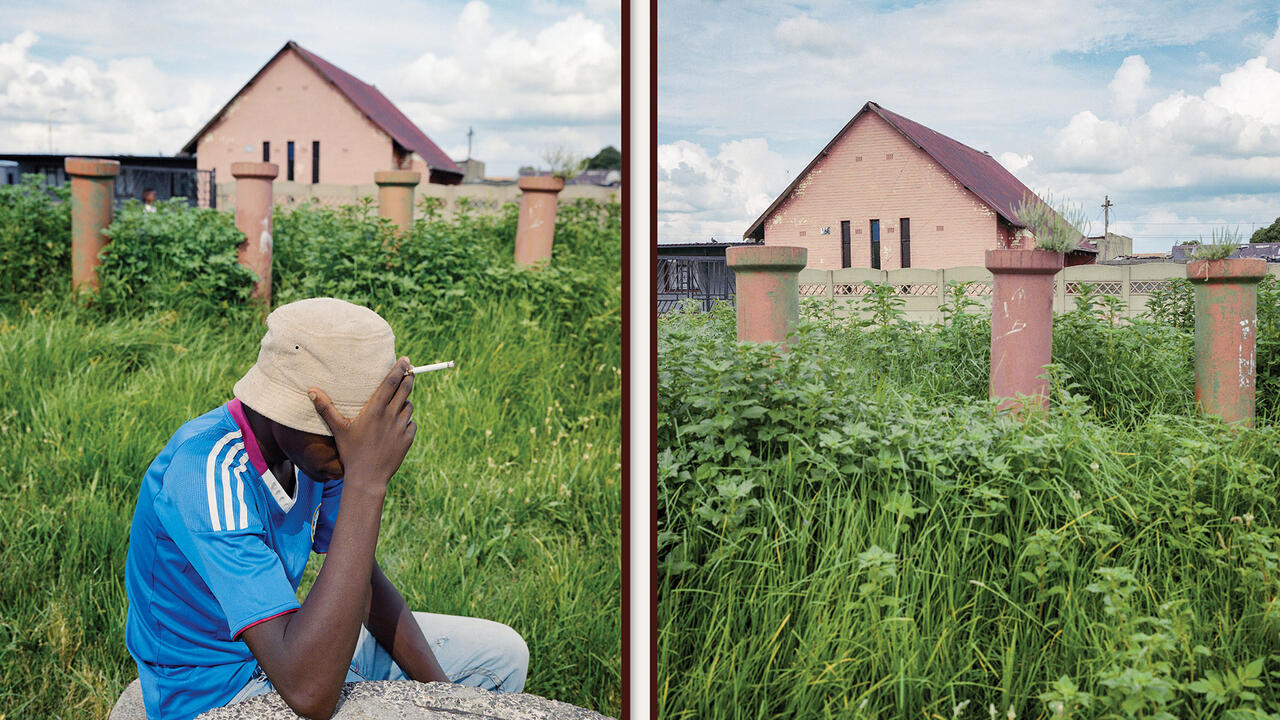The Way They Looked at Each Other
What two photographs taken by a Spanish judge in Baghdad reveal about the impossibility of untangling a moment in the past
What two photographs taken by a Spanish judge in Baghdad reveal about the impossibility of untangling a moment in the past

What else is the recollection of a year but an exercise in returning? In 2011, I was fascinated by the endless possibilities this offers. I have increasingly noticed that recollection is perceived as something that negates both the present and the future, and hence has nostalgic overtones. My reservations about this have made me ask a fundamental question: when you go back, where do you actually go to? The difficulty of answering has made me conclude that returning is impossible; recollection induces a collision of past and present that makes you end up somewhere else – somewhere reconstructed from your own contemporaneity. I am beginning to think, however, that the impossibility of returning is its very appeal; it’s what makes the exercise remain interesting after repeated attempts. This encourages us to question not only the intricacies of story telling and the veracity of history, but also to examine and redefine our own time from multiple perspectives.
Over the last year I have returned, or tried to, to (often faraway) places and times. I’m interested in this exercise as both an artistic strategy and a tool to reach a broader understanding of history and politics through visual culture. The one event that has captivated me, far more than any artistic gesture, relates to a legal case: its strategies and its tangential use of photography.

On 28 January 2011, a Spanish delegation – comprising a judge, court technicians and a number of witnesses – arrived in Baghdad with the intention of answering a supposedly straightforward question: from their position inside a tank, could US soldiers have seen that the people standing on the balconies of Baghdad’s Hotel Palestine were journalists and not ‘unlawful combatants’ on the day they shot and killed two cameramen – Taras Protsyuk from Ukraine and José Couso from Spain – and wounded several others? Since then, the case has evolved into a broken but interesting narrative.
The attack – which happened around noon on 8 April 2003, the day US troops entered the Iraqi capital – was widely reported. The legal team returned to the scene eight years later in order to ascertain whether what happened could be defined as a war crime. The Spanish Supreme Court Judge Santiago Pedraz not only returned to the place where the event had happened, he took two photographs: one from the perspective of the cameraman on the balcony of the Hotel Palestine looking towards the tank; the other from the viewpoint of the military personnel aiming at their target. A few months later, an optics expert and a physicist analyzed these photographs. However, it seems as though the photos were not merely taken as evidence – they also formed part of a strategic manoeuvre on the part of the judge. Travelling to Baghdad and taking the photographs required organizing the relevant government permits, involving legally assigned scientists and getting press coverage. Pedraz got it all.
There is a long history of the use of photography in both crime-scene documentation and crime reconstruction. The FBI handbook, Crime Scene Photography Requirements of Criminal Investigative Analysis, states: ‘The aim should be to record a maximum of useful information which will enable the viewer to understand where and how the crime was committed [...] Long range, medium range and close-up photographs should be taken to enable the viewer to gain a clear concept of where each object or area interrelates to another.’ Nevertheless, the act of returning to a place requires special attention. The military personnel involved in the killings had twice been declared guilty – in 2007 and 2009 – to no effect (it was argued that they were simply doing their job). Pedraz had decided to substantiate his allegations with a move that seemed to gravitate more towards symbolic rather than pragmatic considerations – a gesture that could easily be relocated in the artistic realm. Did Pedraz actually need to go to Baghdad? Could his amateur photographs explain anything further?
The results of his visit are two fascinating landscape photographs that would form part of the archive of an event that has become a key incident in the broader narrative of photojournalism. One of the images, taken from the hotel balcony, shows a fraction of the Al Jurumiya bridge where the tank was stationed at noon on 8 April, while the other depicts the hotel as seen from the firing spot. In between the two lies the Tigris river.

On his assignment, Pedraz first visited room 1403 where Couso was hit (he died a few hours later in a nearby hospital). While on the balcony, the judge took a photograph that depicted a view that was almost identical to the last seconds of the cameraman’s footage. Pedraz then asked an employee of the Spanish Embassy in Baghdad to remain on the balcony while he travelled 1,700 metres to the spot where the tank was positioned, and took the second image. When you look closely at the latter, it’s possible to distinguish the person who is standing on the fourth balcony down on the extreme left of the building.
When compared to the video footage that recorded the attack on the Hotel Palestine, these two images might seem innocuous, but I feel more strongly drawn to them. Why? Because they are free of bloodstains, drama, tanks and shooting. There are some elements missing from them, of course, as they were taken eight years after the event, but my attraction to them stems not only from my distaste for the explicit nature of conventional war photojournalism, but also lies in the unintended disillusionment of Pedraz’s images. Unable to fulfil their original purpose, they are demonstrations of the impossibility of untangling a moment in the past. However, as Theodor Adorno once wrote: ‘The viewer who comes too late is never tardy after all.’ These pictures trust in the relevance of delay and, as such, might be more persuasive than scientific evidence in that they actually empower our subjectivity and thereby our understanding of the visual politics of our times through a more humane and less logical paradigm. This recalls Sol LeWitt’s fifth sentence on conceptual art: ‘Irrational thoughts should be followed absolutely and logically.'
Seen from the realm of art, the two corresponding views are engaging. Pedraz’s images don’t only make us question the logic of the scientific approach, they create a tension that triggers a very different understanding of what took place as they concentrate on the visual, almost bodily, relationship between the players: the way they looked at each other, right before the fatal shots were fired. After Pedraz’s photographs were reviewed, the physics and optics experts declared that, if printed the size of a newspaper and seen from a metre away, they would recreate exactly what the military personnel saw through the tank’s view-finder before firing at the Hotel Palestine. As a result, in October 2011, Pedraz charged five US Army personnel with a ‘crime against the international community’. At time of writing, the US Army has yet to respond.






















